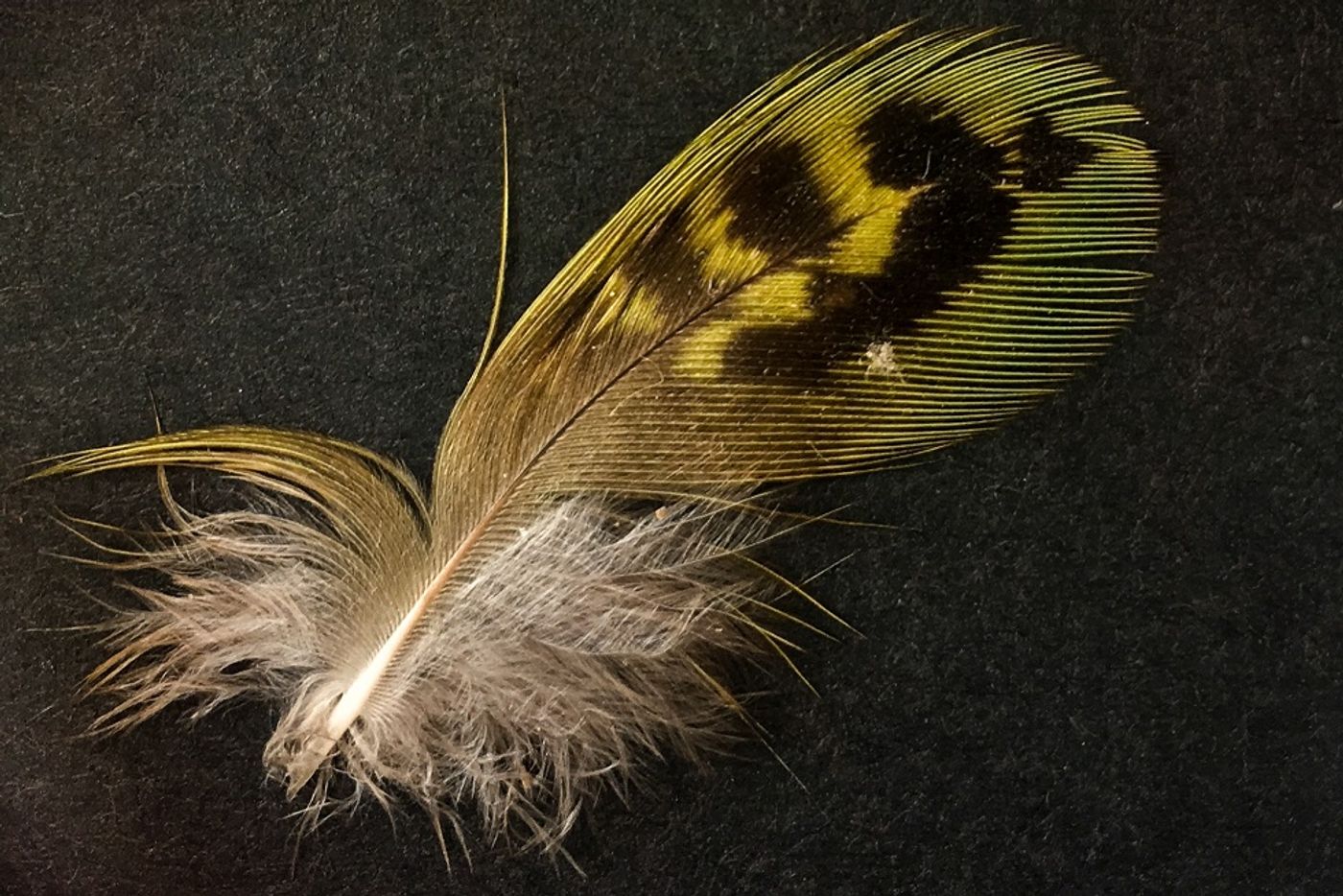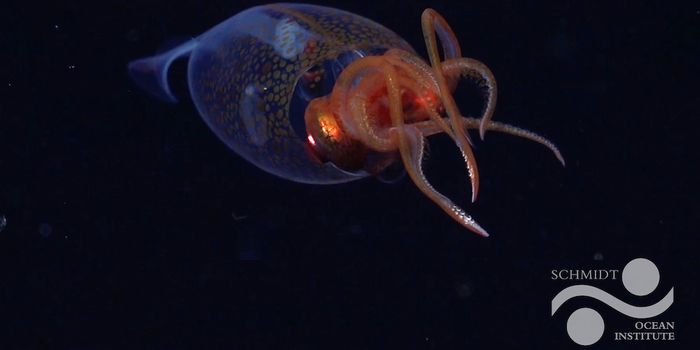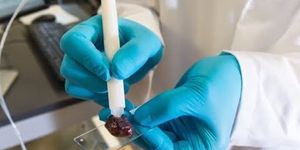Feather From Elusive Night Parrot in Southern Australia Proves it's Alive and Well
The night parrot is an elusive nocturnal desert bird that's native to select parts of Australia. While experts have spotted the night parrot in some areas of the continent in recent years, you'd be hard-pressed to find any documented sightings of the rare creature in southern Australia in the last century.
Despite what looked like a grim fate for southern Australian populations of the night parrot, the Australian Wildlife Conservancy (AWC) released a photograph on Thursday showcasing a night parrot feather that was purportedly discovered earlier this year in southern Australia.
Image Credit: AWC
This incredible gem was found in a zebra finch nest near Lake Eyre in July and is the first modern tidbit of cold, hard evidence that the night parrot is still alive and well in the region today.
Camera traps configured throughout southern Australia to monitor zebra finch nests made the finding possible after one of the traps indicated a fuzzy image of what appeared to be a fluffy, green feather.
On a hunch, animal experts John Young and Keith Bellchambers from the Australian Wildlife Conservancy became interested in finding out what exactly it was. When they closed in on the feather and realized what they'd found, it was difficult for them to contain themselves.
"Keith and I looked at many Zebra Finches’ nests before finally, an unmistakable small green feather appeared within the fresh base lining of one of the nests," Young said in a statement. "People show excitement in many different ways, mine was to shake uncontrollably with numbing excitement and Keith’s was sheer disbelief with his hands holding his head. An incredibly emotional time for both of us."
Related: Has the mystery behind Peruvian parrot geophagy been solved?
Curator of Ornithology Ron Johnstone from the Western Australian Museum verified that the feather was indeed from the elusive night parrot, and not just some lookalike.
"In my eyes, there was no doubt that this was the feather of a Night Parrot and the fact that the Zebra Finches nest was fresh, it seemed feasible that it was collected within a few hundred meters in the past few weeks." Young continued.
Related: Wild African gray parrots are now banned from international trade
Finding this feather was important not only for the Australian Wildlife Conservancy but also for the night parrot species in its entirety. Knowing the creature exists, and where, means that we can do more to prevent the bird from going extinct.
The next steps are to map the night parrot’s populations in southern Australia and to make its natural habitat a safer place to exist. To do this, experts will need to survey the region with camera traps and song meters.
With a little bit of luck, maybe conservationists can help the night parrot’s numbers bounce back before it’s too late.
Source: Australian Wildlife Conservancy via Facebook









